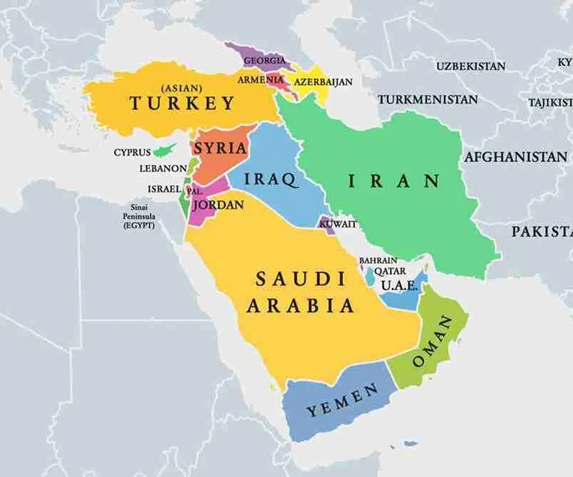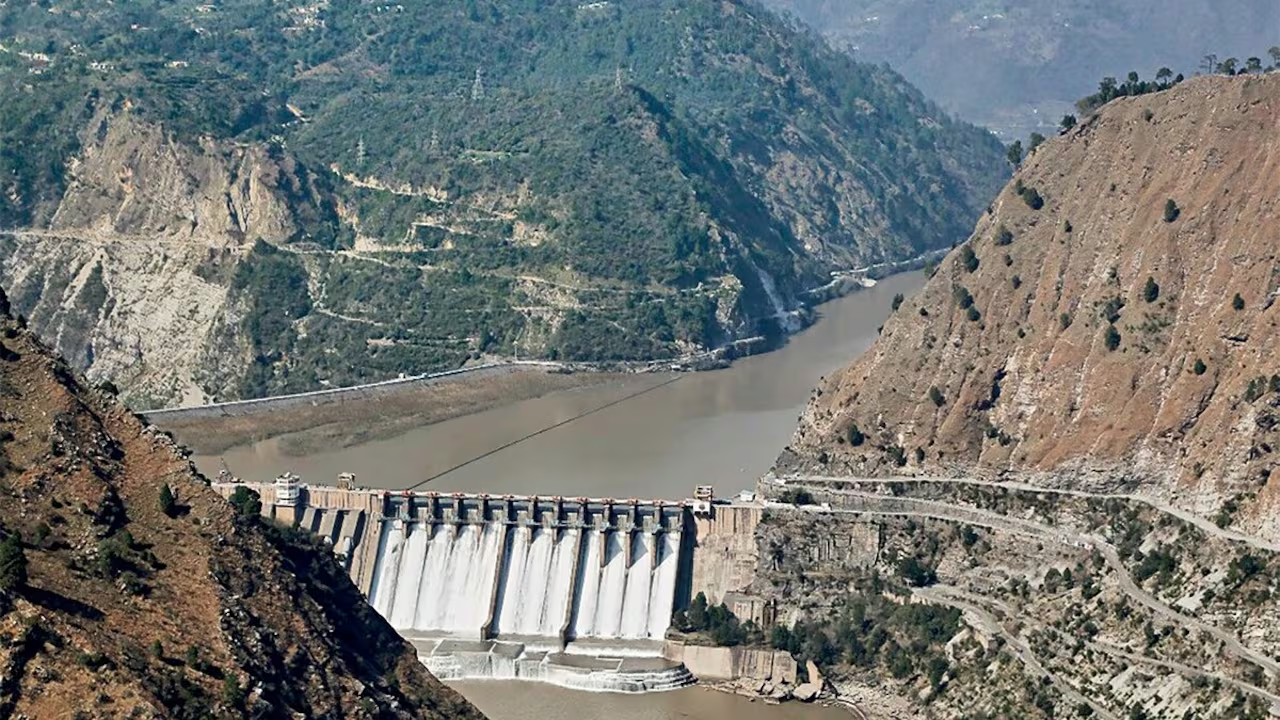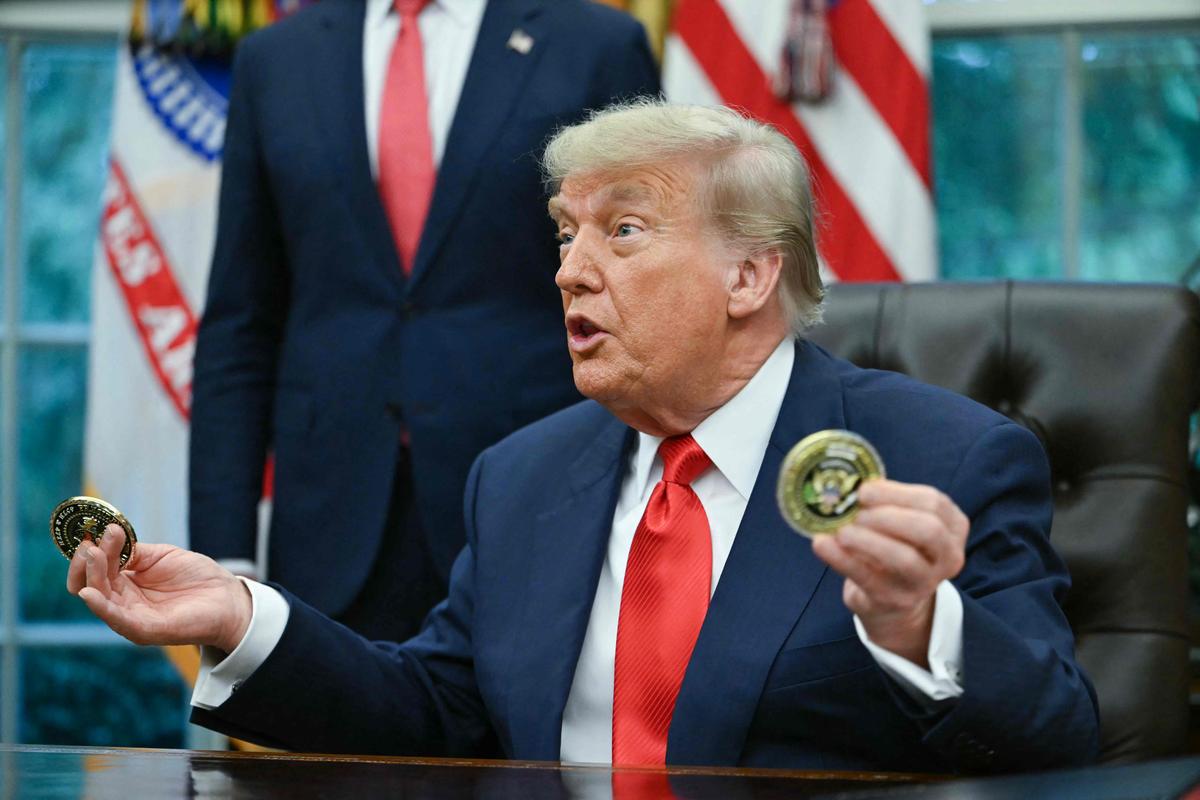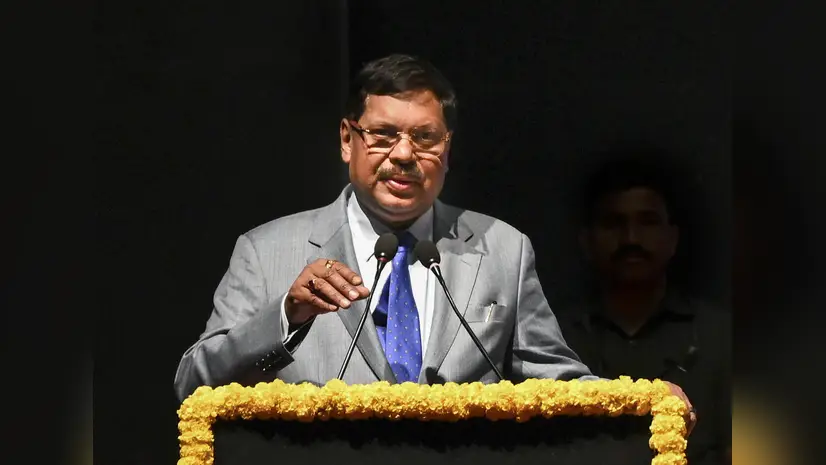- Courses
- GS Full Course 1 Year
- GS Full Course 2 Year
- GS Full Course 3 Year
- GS Full Course Till Selection
- Answer Alpha: Mains 2025 Mentorship
- MEP (Mains Enrichment Programme) Data, Facts
- Essay Target – 150+ Marks
- Online Program
- GS Recorded Course
- Polity
- Geography
- Economy
- Ancient, Medieval and Art & Culture AMAC
- Modern India, Post Independence & World History
- Environment
- Governance
- Science & Technology
- International Relations and Internal Security
- Disaster Management
- Ethics
- NCERT Current Affairs
- Indian Society and Social Issue
- NCERT- Science and Technology
- NCERT - Geography
- NCERT - Ancient History
- NCERT- World History
- NCERT Modern History
- CSAT
- 5 LAYERED ARJUNA Mentorship
- Public Administration Optional
- ABOUT US
- OUR TOPPERS
- TEST SERIES
- FREE STUDY MATERIAL
- VIDEOS
- CONTACT US
India's Role in the West Asia Conflict
India's Role in the West Asia Conflict

Current Tensions:
The situation in West Asia is getting more dangerous, with Iran and Israel close to full-scale war. On 2nd Oct, Iran fired almost 200 missiles at Israel, which has promised to retaliate.
- This increase in violence makes it urgent for countries to step in and help with diplomacy, and India, with its important interests in the region, could play a role.
India’s Diplomatic Position:
The Indian Ministry of External Affairs has stressed that the conflict should not grow into a larger regional problem. They believe that discussion and diplomacy are key to resolving issues.
Recent Communications:
- Prime Minister Narendra Modi has reached out to leaders from both sides. He met with Palestinian President Mahmoud Abbas at the UN General Assembly on September 23, showing concern for the humanitarian crisis in Gaza and reaffirming India’s wish for peace.
- On September 30, Modi spoke with Israeli Prime Minister Benjamin Netanyahu, stating that “terrorism has no place in our world.” He emphasized the need to prevent the situation from escalating, secure the safe return of hostages, and restore peace.
Potential for Mediation:
- While India hasn’t officially offered to mediate, its historical and strategic connections with both Israel and Iran give it a unique position.
- To be a successful mediator, India would need to maintain open communication and build strong relationships with both parties.
Balancing Relationships
India’s connections with Israel and Iran are complex and vital:
- With Israel: The relationship has strengthened under PM Modi, particularly in defense and security. India values Israel’s support and sees it as a key partner in fighting extremism and terrorism. Historical ties, like Israel’s help during the Kargil War in 1999, reinforce this partnership.
- With Iran: Iran is a major supplier of oil to India. Both countries share concerns about terrorism from groups in Pakistan and Afghanistan. The Chabahar port, an important economic project, helps India connect to Afghanistan and Central Asia.
Risks of Escalation
Increased tensions could pose several challenges for India:
- Safety of Indian Citizens: There are around 18,000 Indians in Israel, 5,000-10,000 in Iran, and about 9 million in the wider region. A larger conflict could threaten their safety.
- Economic Concerns: West Asia supplies 80% of India’s oil. A war could raise oil prices and disrupt investments from Arab nations in the Indian economy.
Other Key Players in the Region
Several other countries also play significant roles in the situation:
- Qatar: Qatar is a key mediator, providing aid to Palestine and hosting leaders from Hamas. Both the US and Israel rely on Qatar for mediation.
- Egypt: Sharing borders with Gaza and Israel, Egypt has a history of mediating in the region. Under President Abdel Fattah al-Sisi, it has focused on countering terrorism and has proposed ceasefire plans.
- Saudi Arabia: Saudi Arabia sees itself as a leader in the Islamic world and is trying to improve connectivity in the region. However, its relationship with Iran is complicated.
- United Arab Emirates (UAE): The UAE normalized relations with Israel in 2020 and seeks stability for its economic growth, promoting initiatives like the India-Middle East-Europe Economic Corridor.
- Turkey: Turkey has been critical of Israel but also serves as a communication link between Iran and Israel’s allies.
- United States: The US has traditionally mediated in the region but currently faces trust issues with Iran while supporting Israel.
- China: As the US’s influence decreases, China is positioning itself as a potential mediator, trying to increase its influence by facilitating discussions involving Iran and Saudi Arabia.
Conclusion
India’s involvement in the West Asia conflict presents both opportunities and challenges. By maintaining good relationships with both Israel and Iran, India can help promote peace while protecting its citizens and economic interests. Effective diplomatic efforts will be crucial to navigating this complex situation and contributing to stability in the region.
Must Check: Best IAS Coaching In Delhi
UPSC Prelims Result 2024 Out: Expected Cut Off & Other Details, UPSC Prelims 2024 Answer with Explanation, Daily Prelims Quiz, Daily Current Affairs, MONTHLY CURRENT AFFAIRS TOTAL (CAT) MAGAZINE, Best IAS Coaching Institute in Karol Bagh, Best IAS Coaching Institute in Delhi, Daily Mains Question Answer Practice, ENSURE IAS UPSC Toppers, UPSC Toppers Marksheet, Previous Year Interview Questions, UPSC Syllabus




